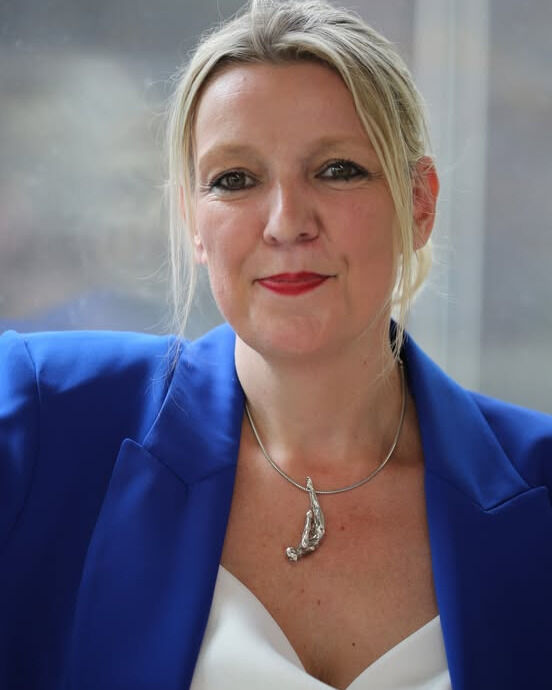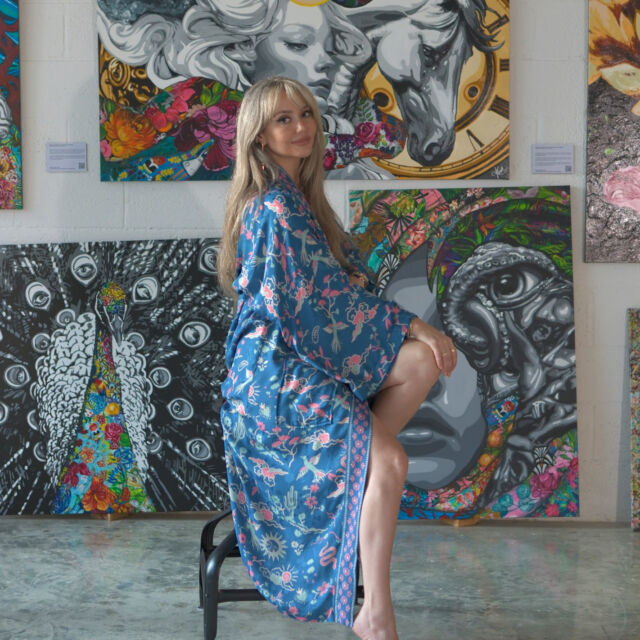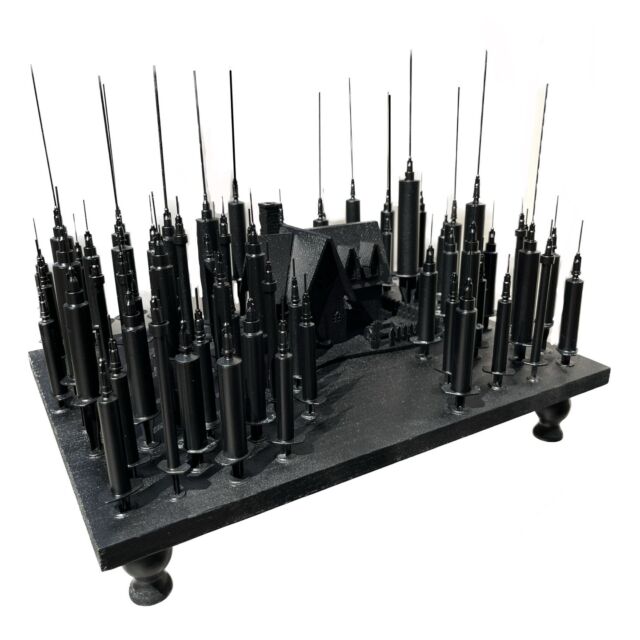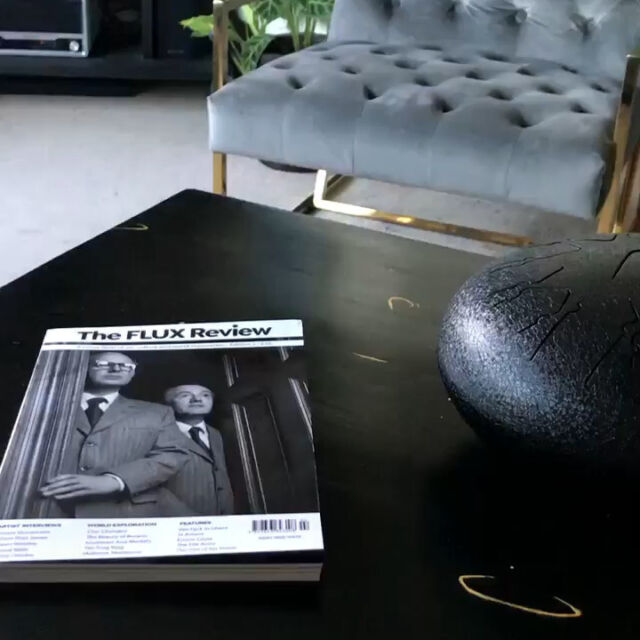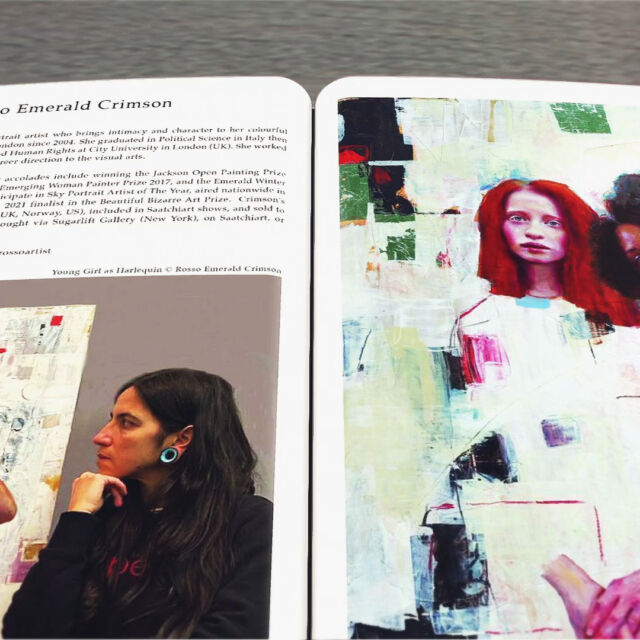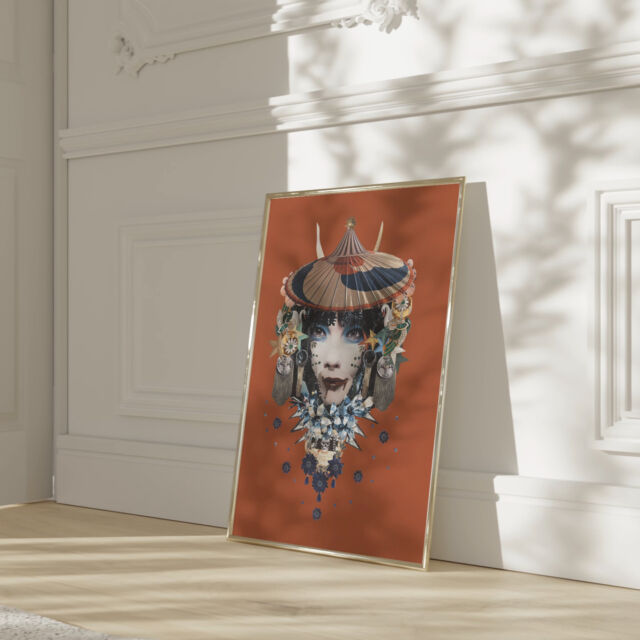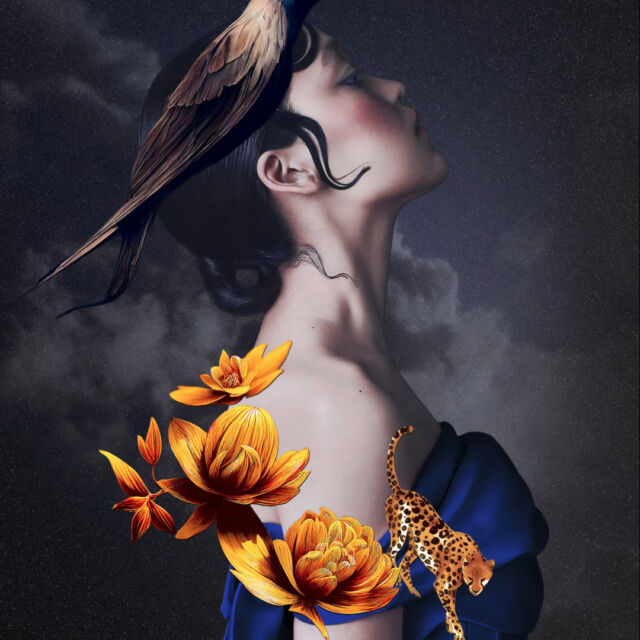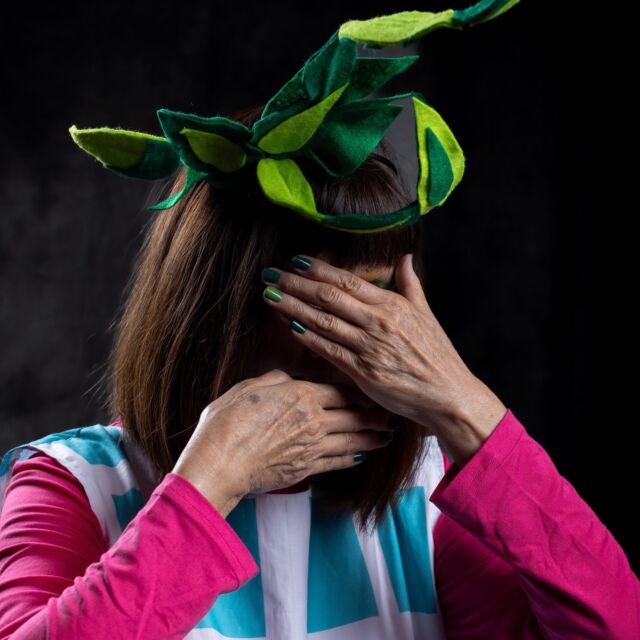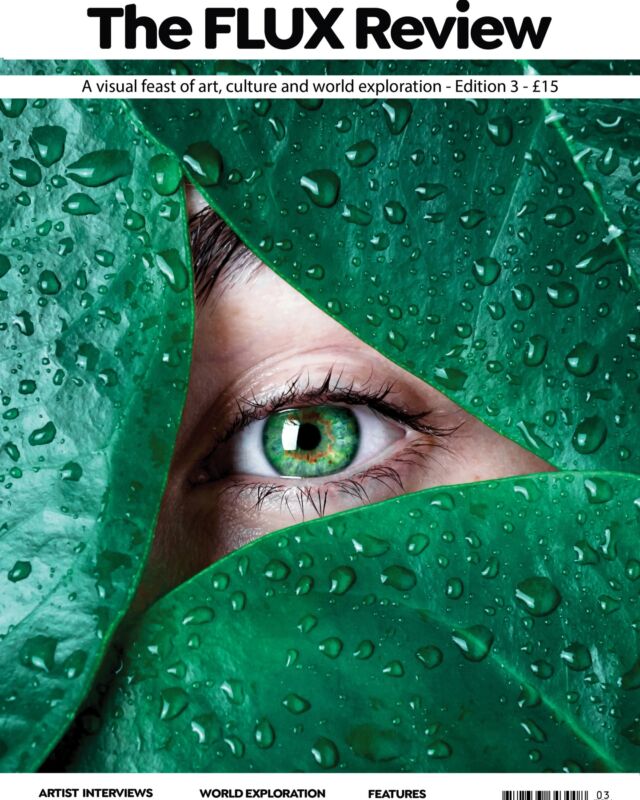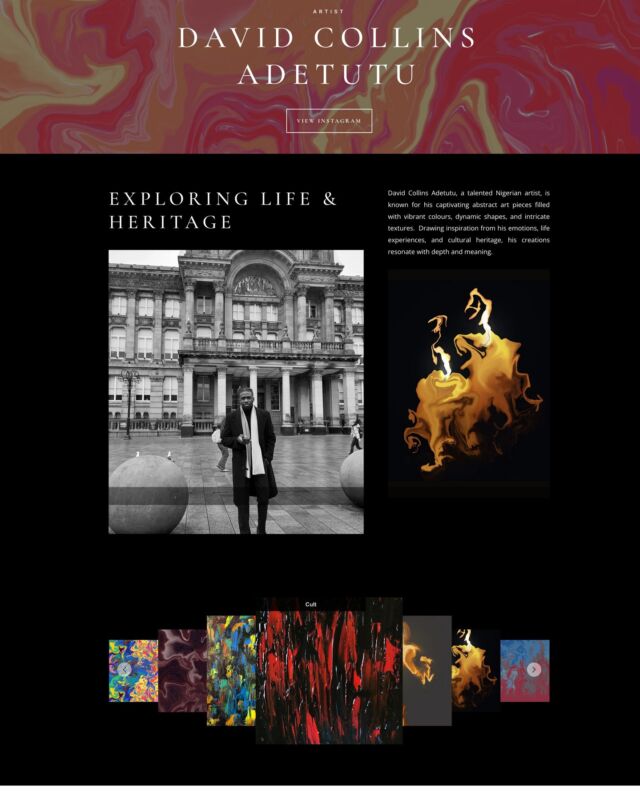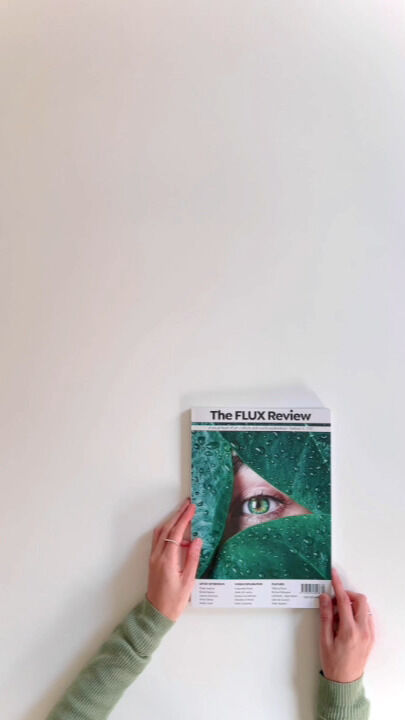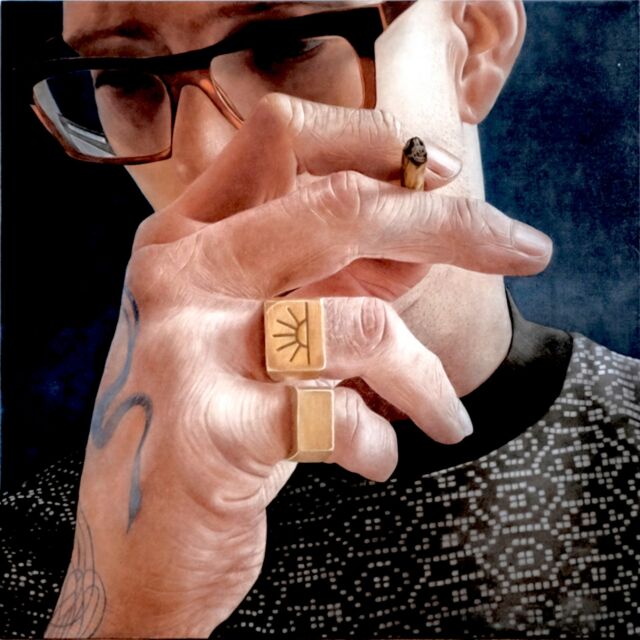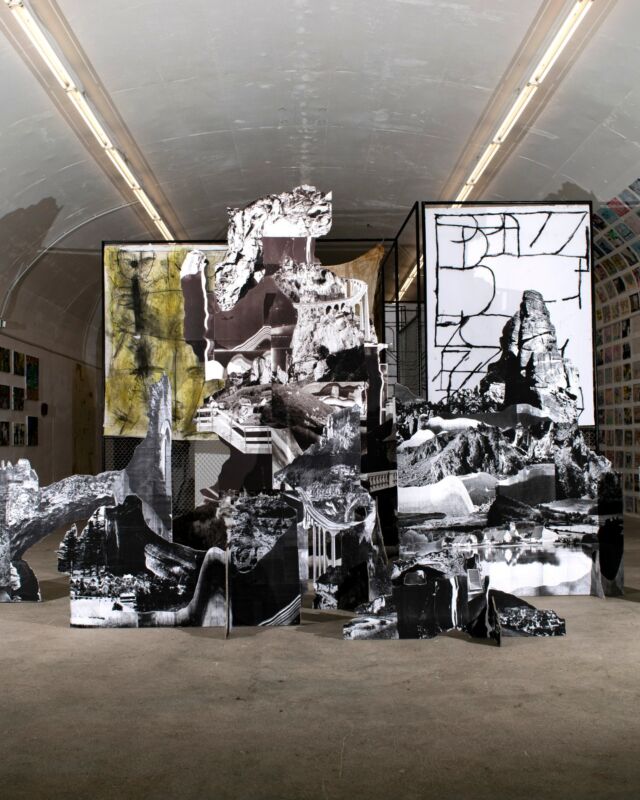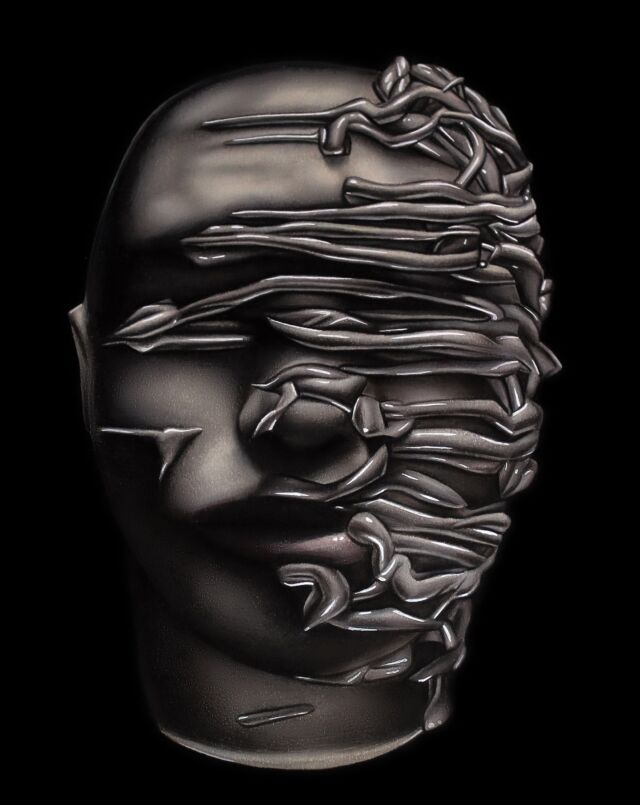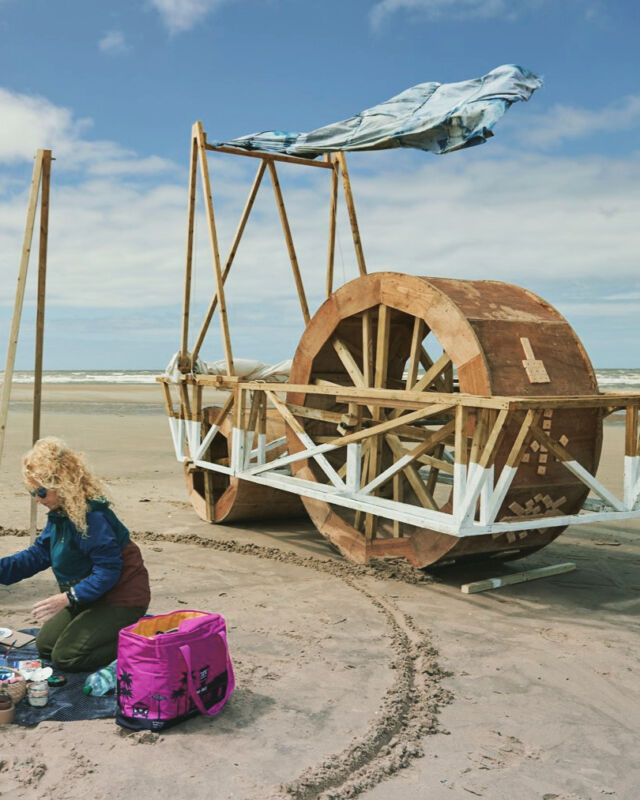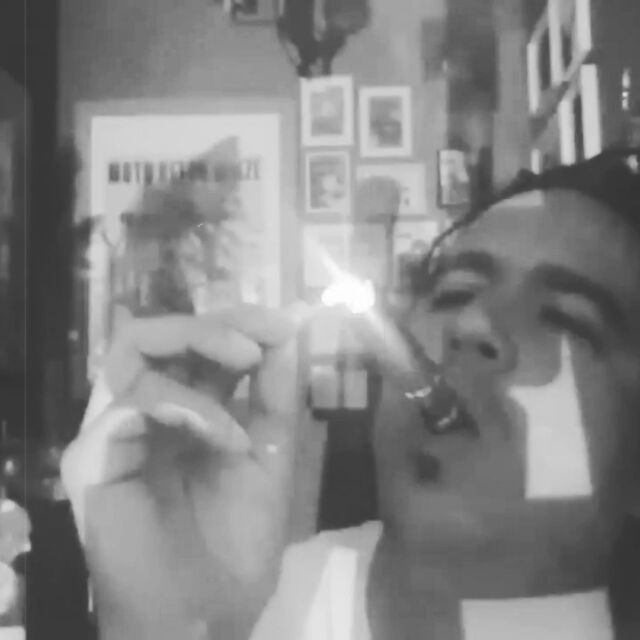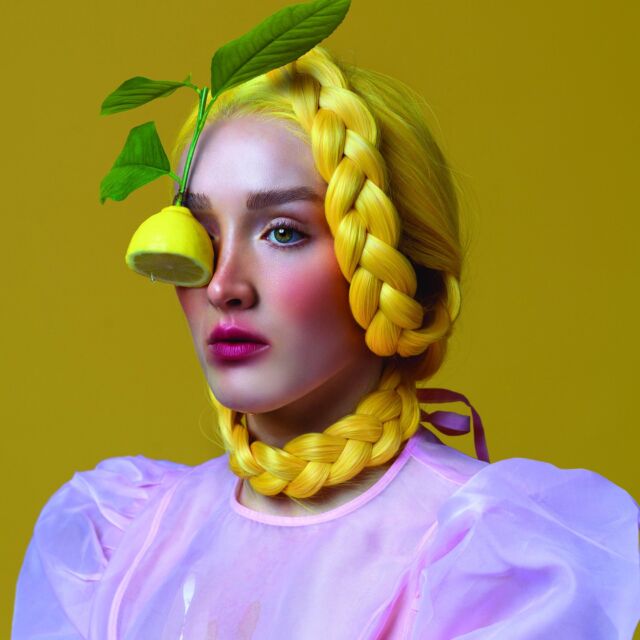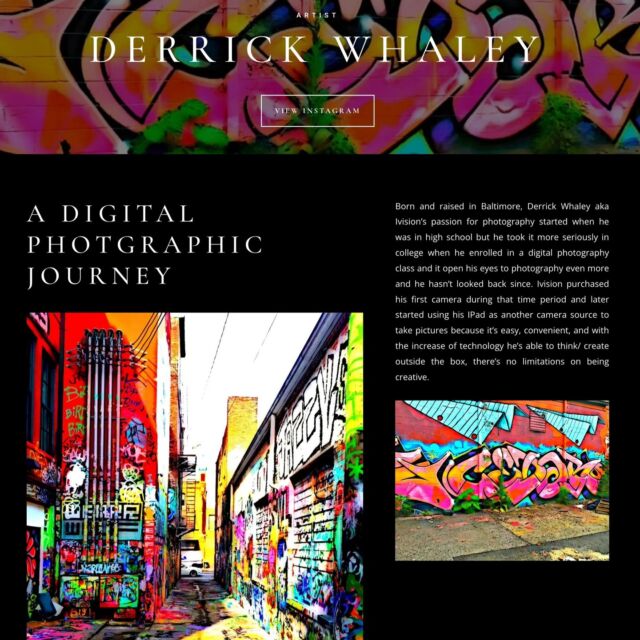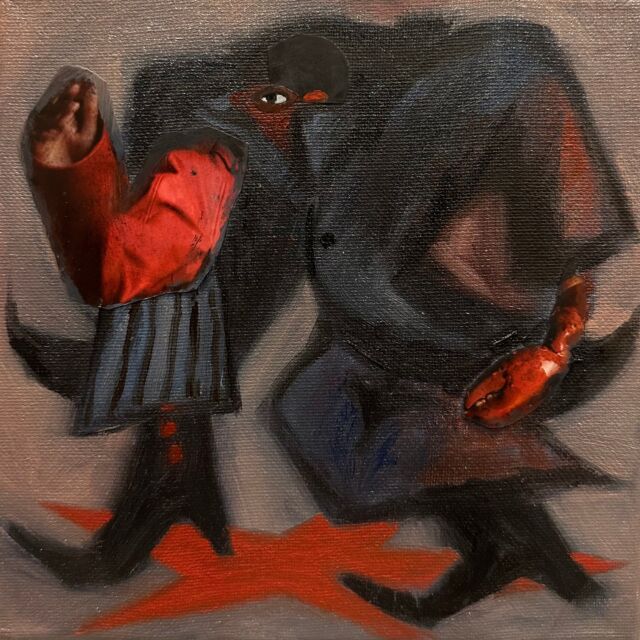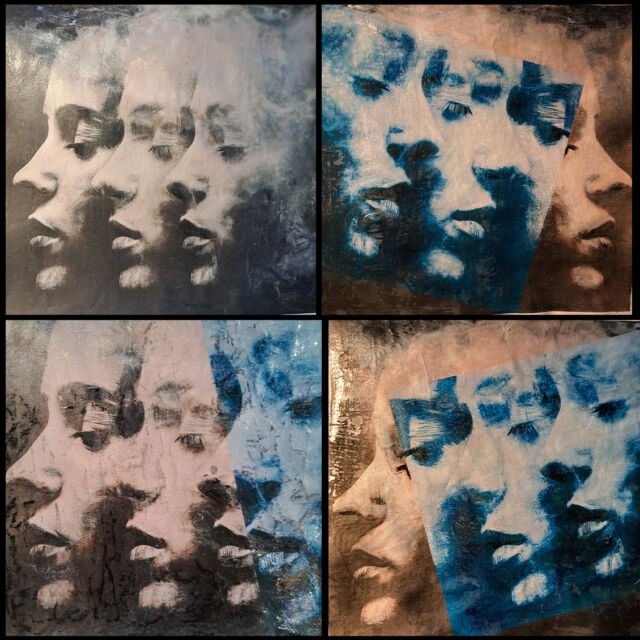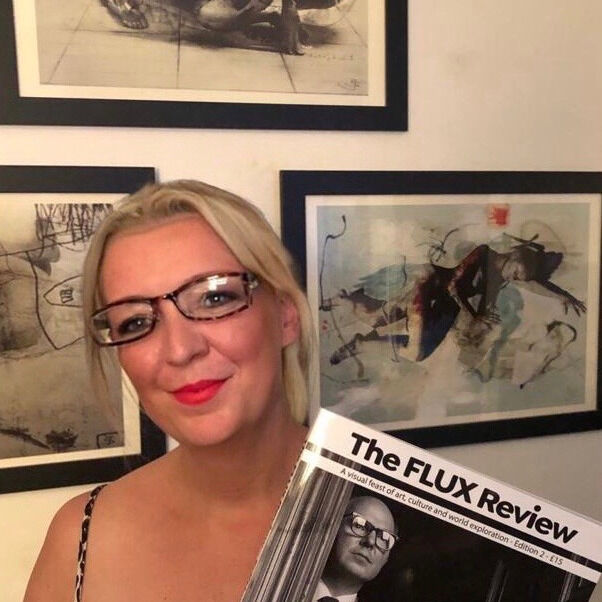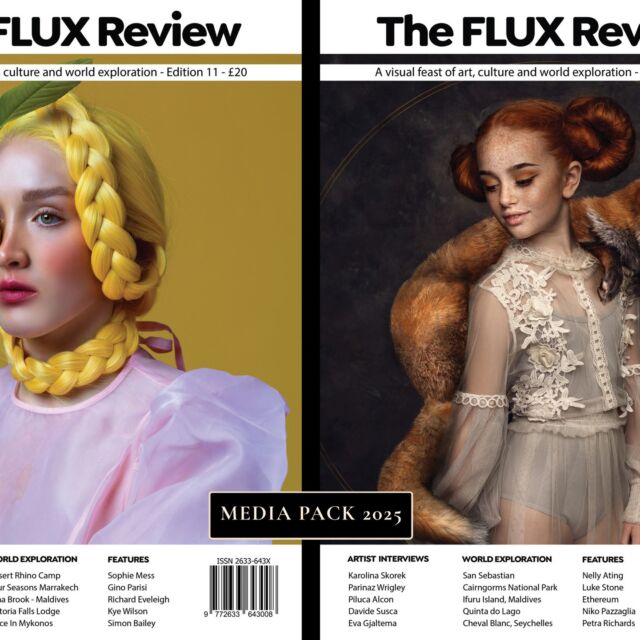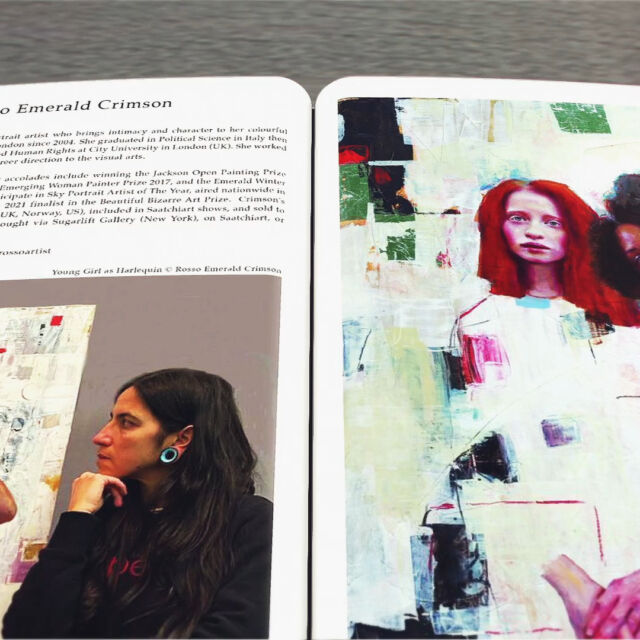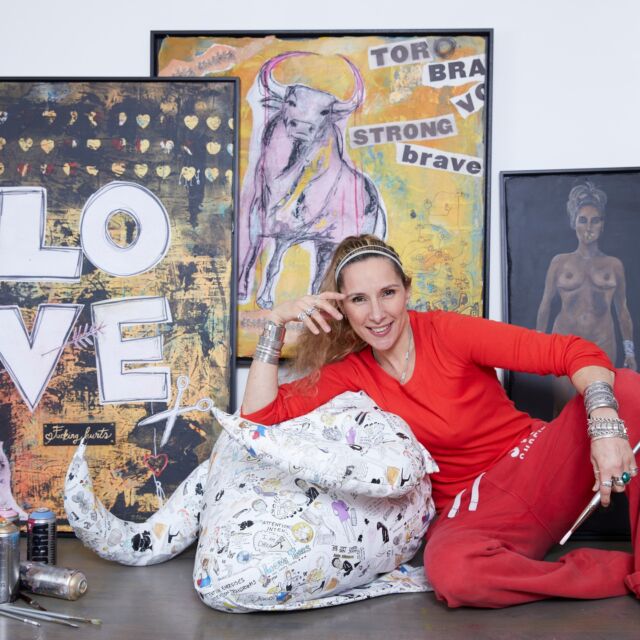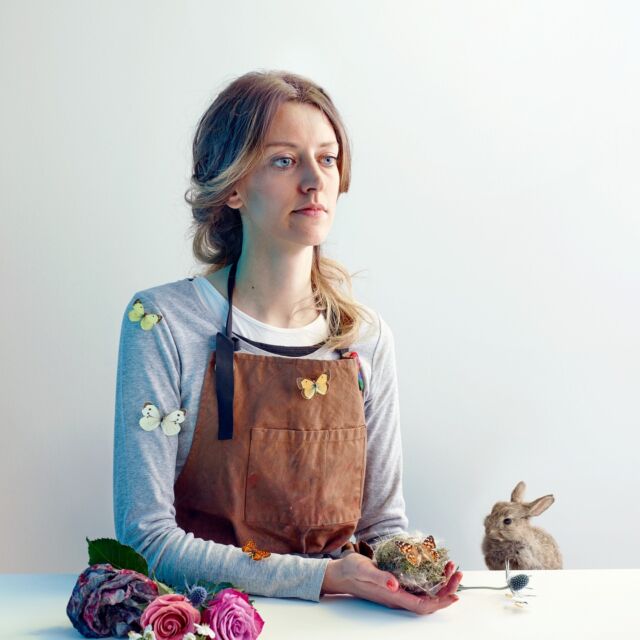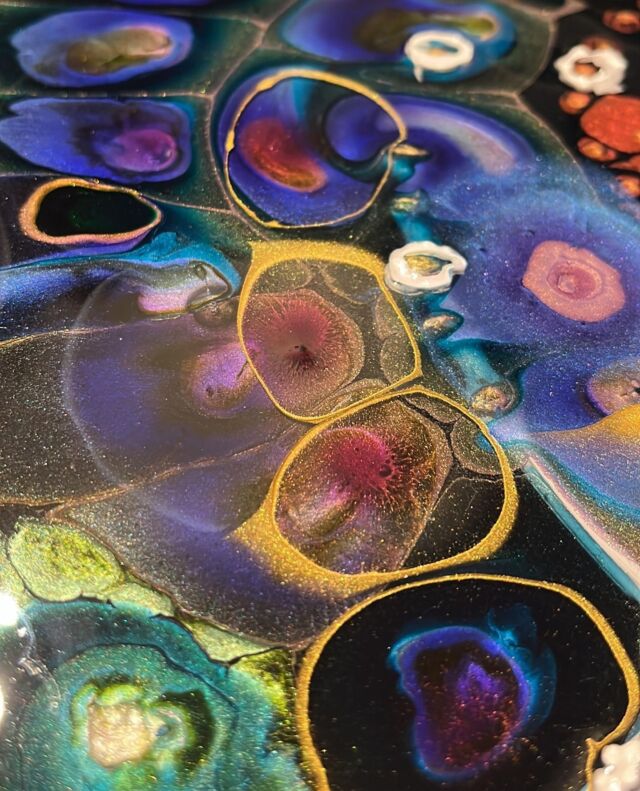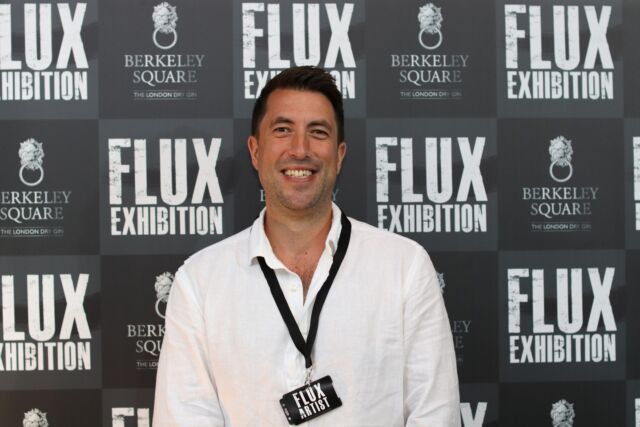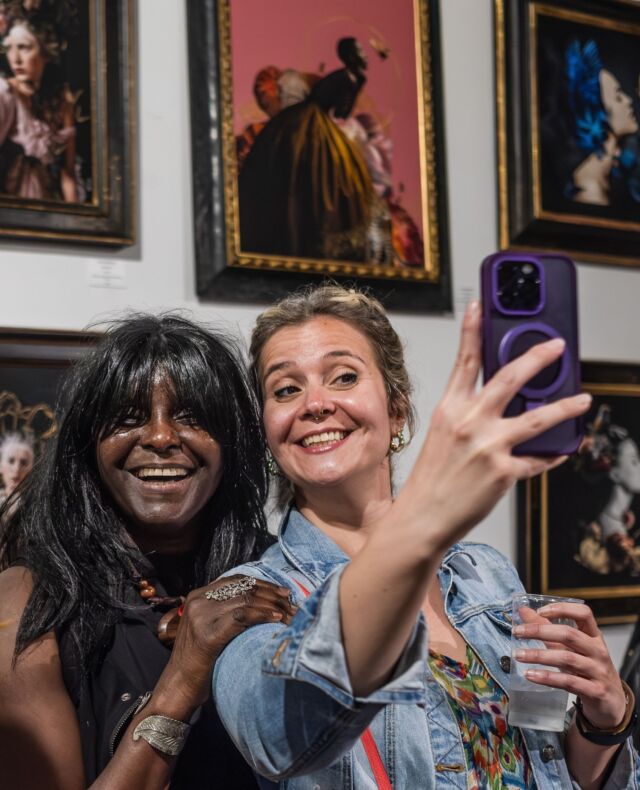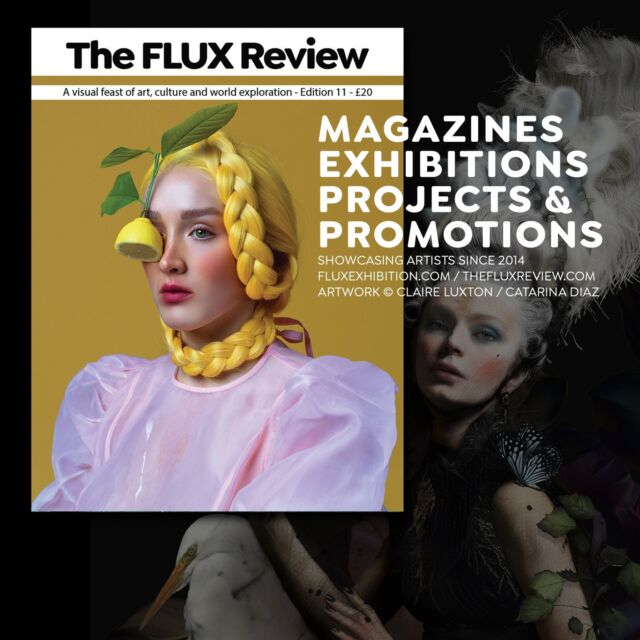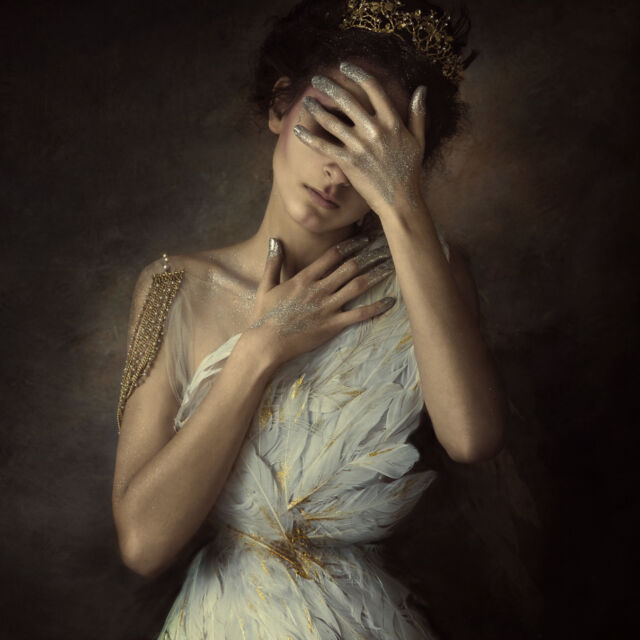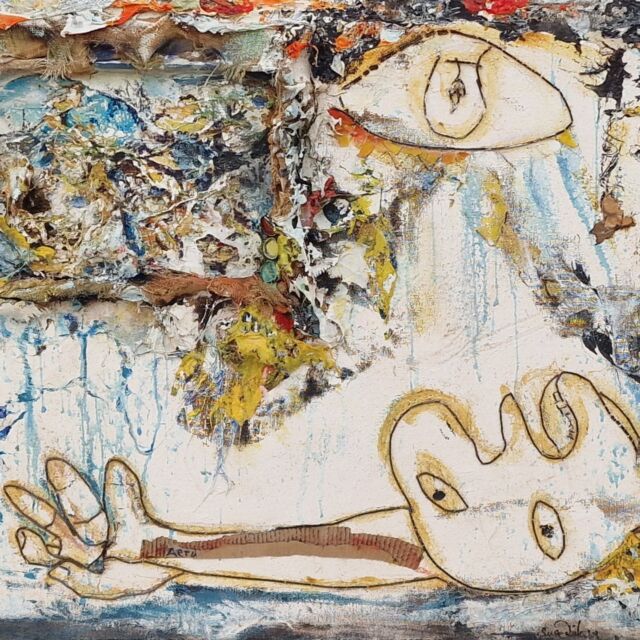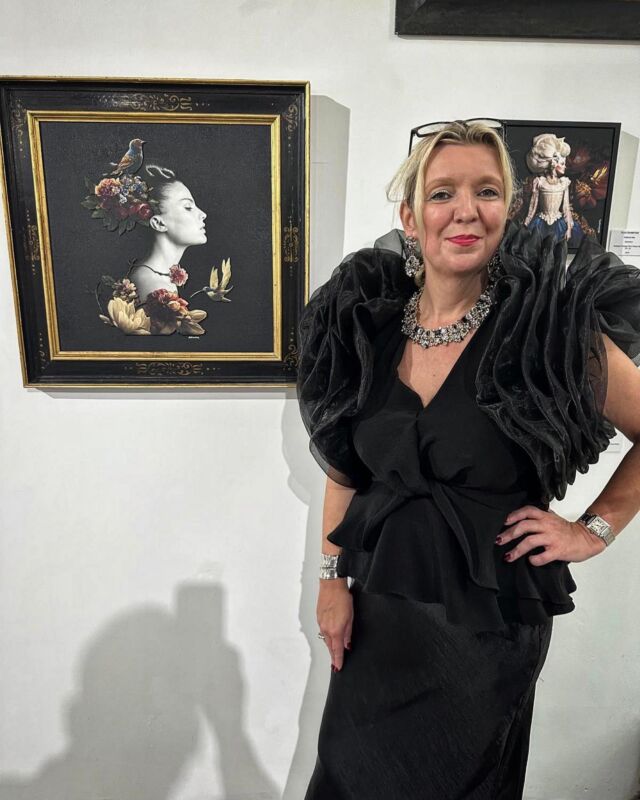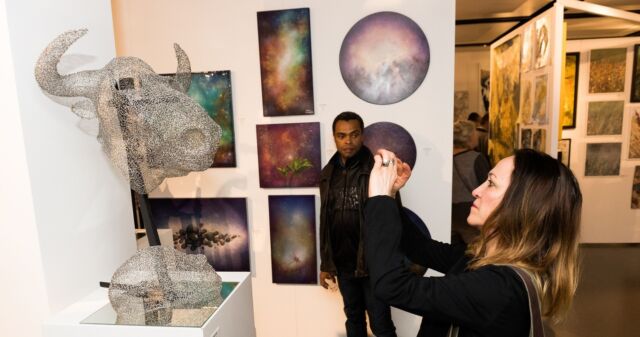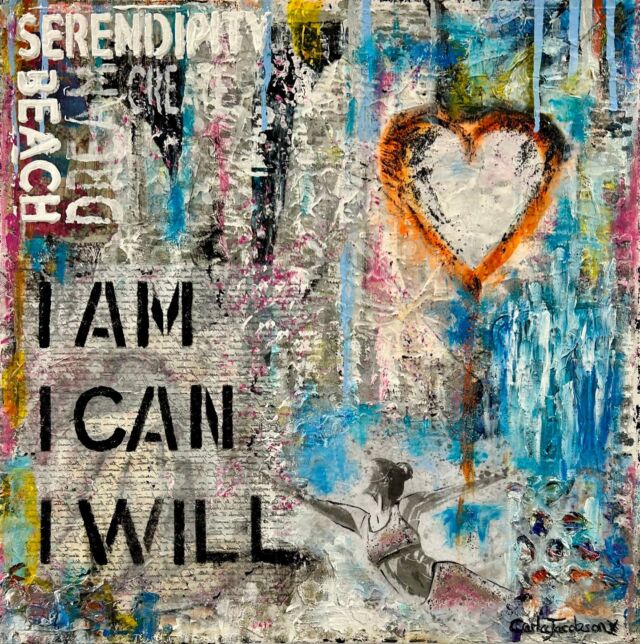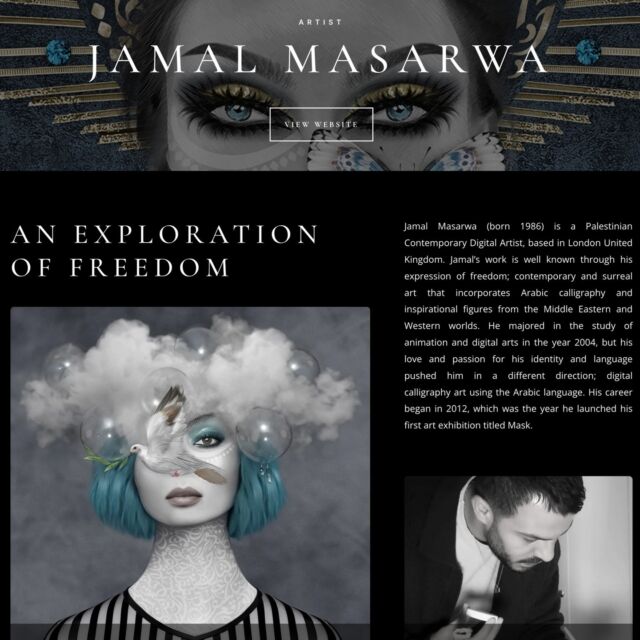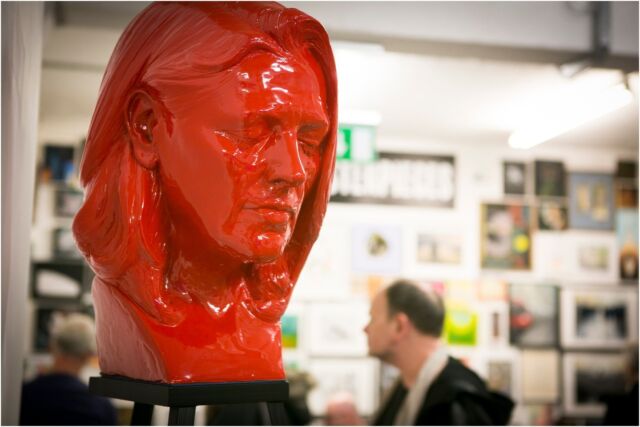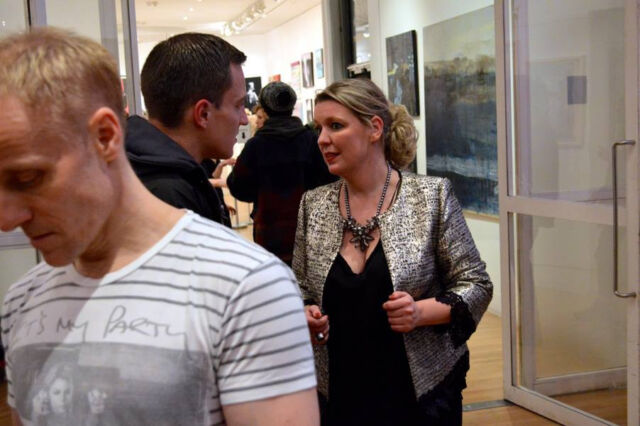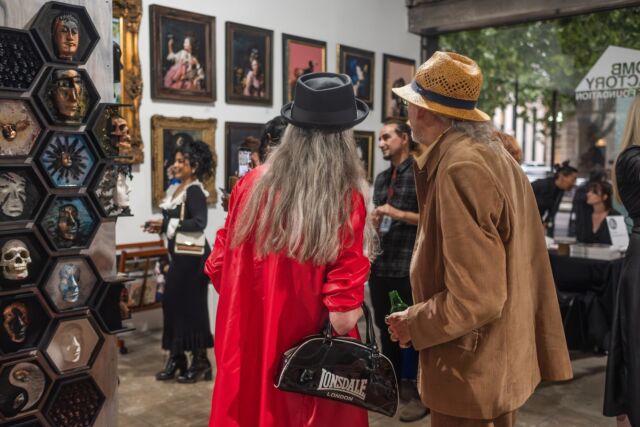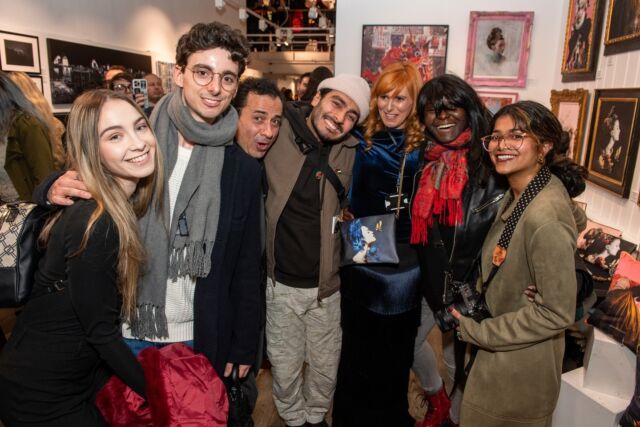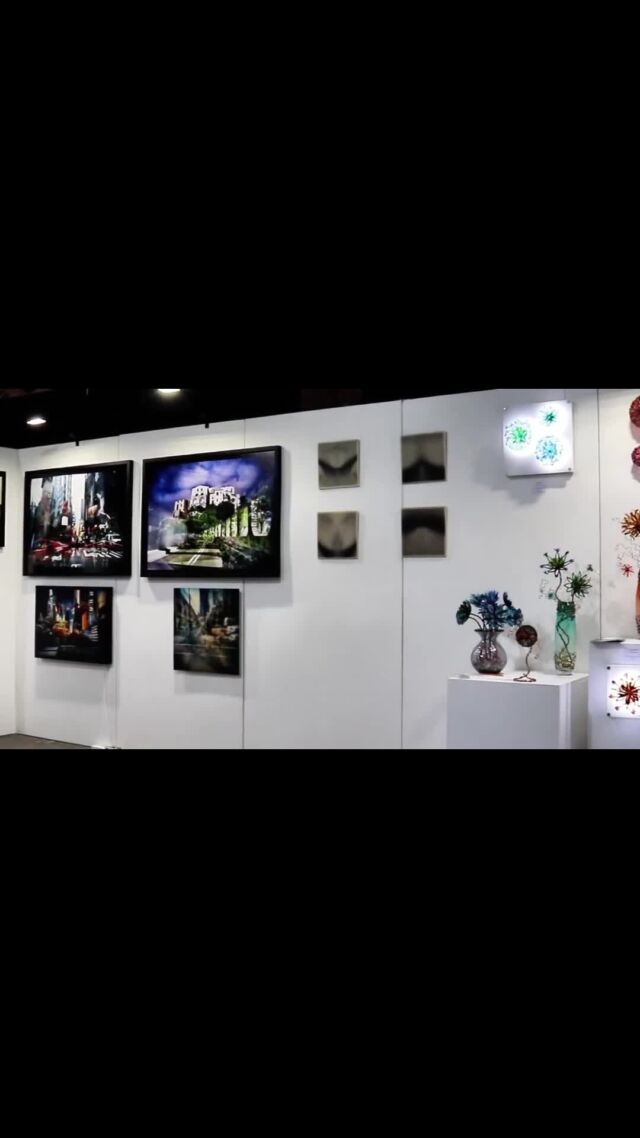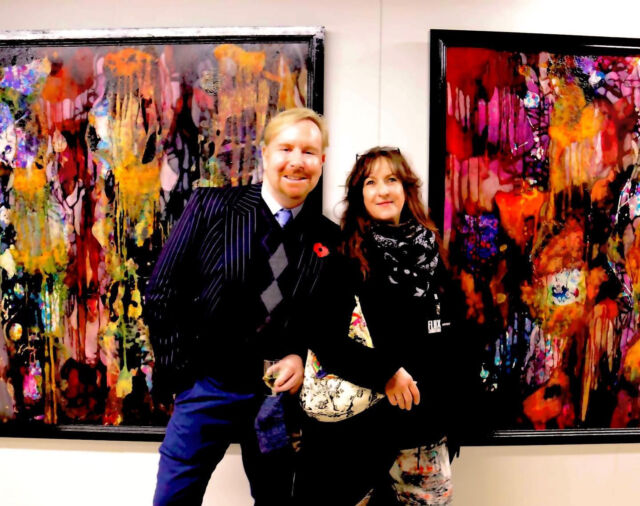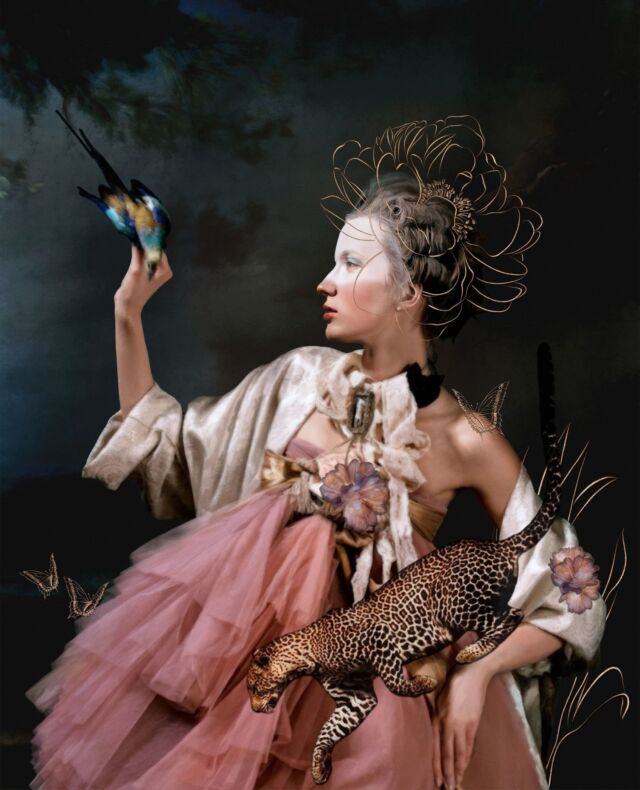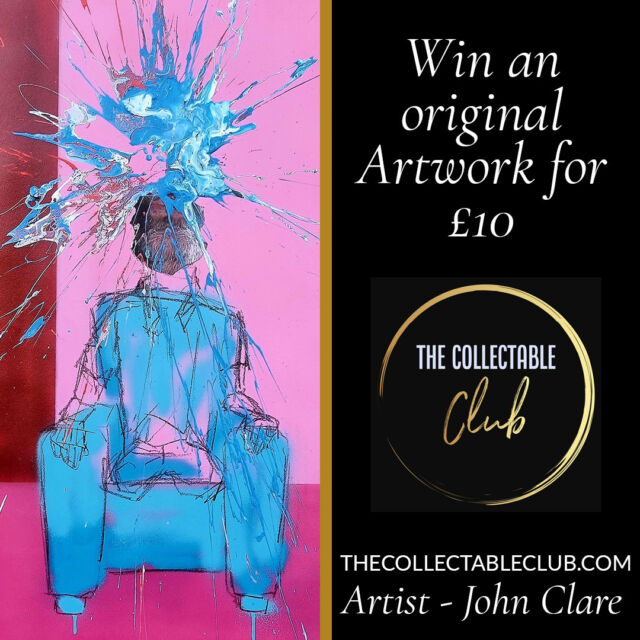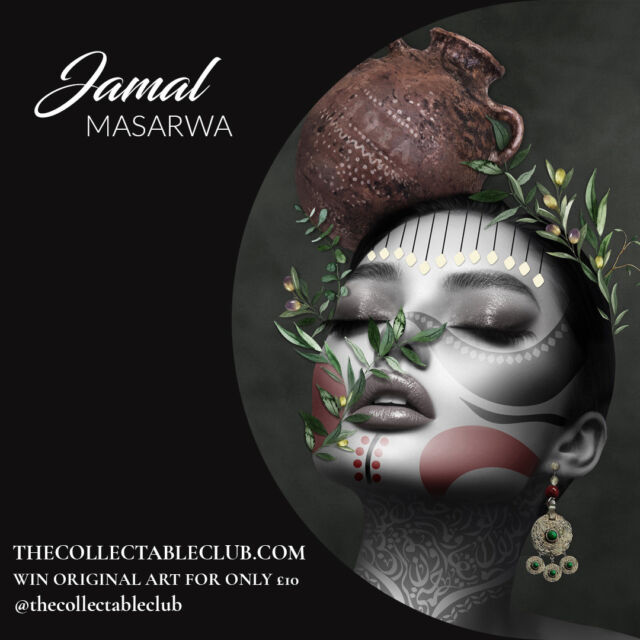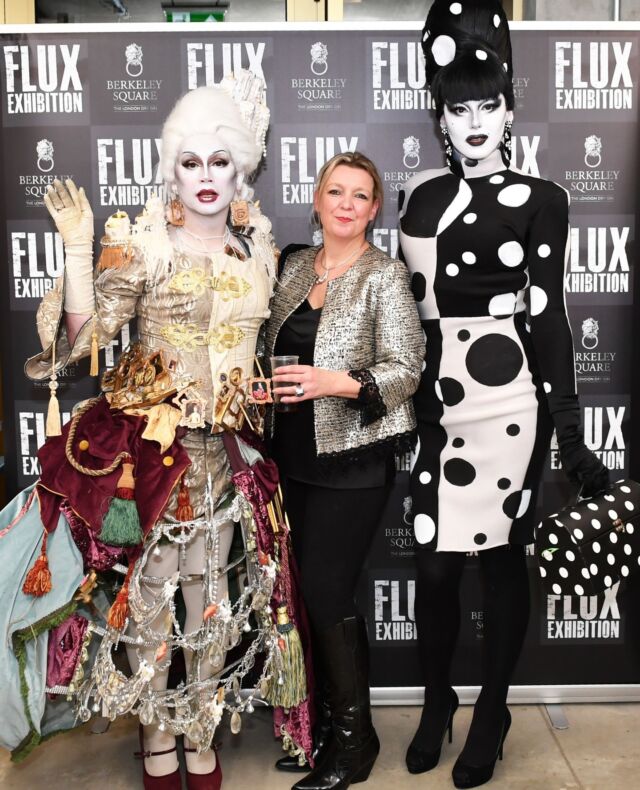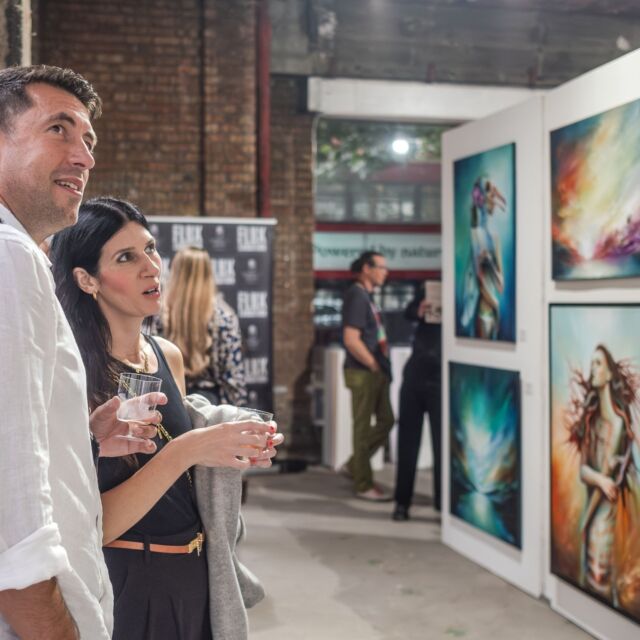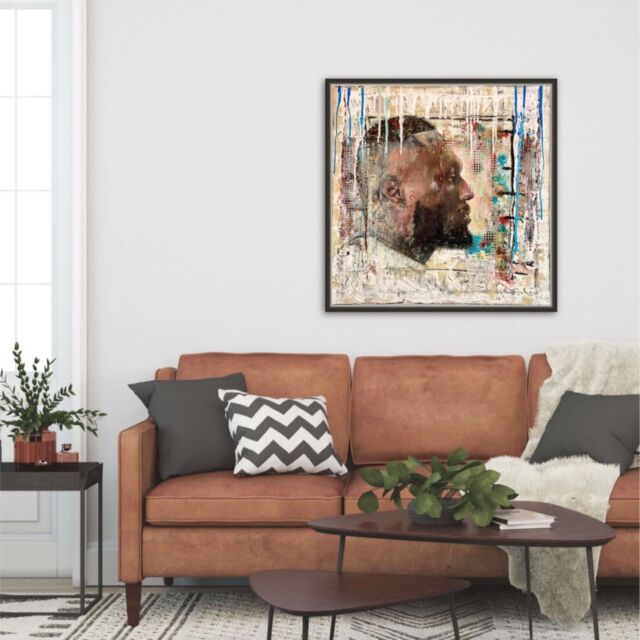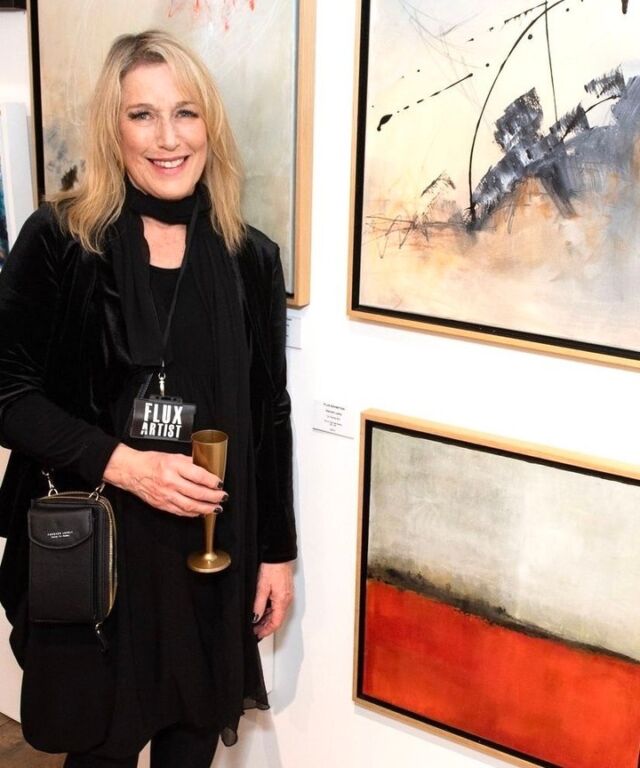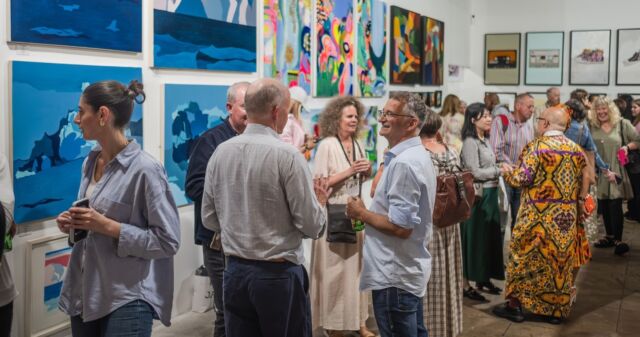Kayee C is a fine art photographer born and raised in Hong Kong before relocating to France a decade ago. She uses techniques of self-portrait and digital composite to create storytelling images to explore the dynamics of relationships on different levels. Her works can be humorous, dramatic or melancholic staging of a variety of human interactions.
Human relationships are her main source of inspiration. She builds up her inspiration reserve through her daily observations of human interactions and her own emotions. Her favourite subject above all is the paradox between social disconnect and our desire to belong. She attempts to offer a critical, offbeat and sometimes poetic look on the way we relate to each other.
Characters staged in her portraits range from complete strangers, friends, coworkers to family members, trapped in familiar settings from famous paintings, mysterious surroundings or entirely surreal dimensions. They often struggle to maintain a perfect balance between the roles imposed by society and their primal desire to be themselves. Out of phase with the pursuit of an appearance of cohesion, some cannot help but display marginal attitudes such as laziness, contempt, sadism or disillusionment.
Kayee’s works can be seen as a whole narrative piece in which each element tells its own story. Viewers should feel free to reorder them the way they wish in order to create their own narratives. Many of the photos were inspired by classical paintings such as the two versions of “Salome with the Head of Saint John the Baptist” by Caravaggio and “Salvator Mundi” by Leonardo da Vinci.
Kayee practised different art forms including classical piano and theatre acting before fully focusing on digital photography in 2015. She holds a Bachelor of Arts from the University of Hong Kong with first-class honours (2005).

Self-taught or art school?
I have been learning about photography and retouch on my own since 2015. I am still learning new things every time I create a new photo.

If you could own one work of art what would it be?
The Taking of Christ – Caravaggio!
How would you describe your style?
I attempt to understand the world by compositing scenes with my self-portraits. They are my metaphors of the world. Viewers are free to project their own stories onto them whenever they find echoes.

Can you tell us about your artistic process?
I spend most of my time observing the world around me, trying to get my head around events and relationships. I take notes and make basic drawings to document bits of images, words, concepts that come to my mind. I take time to organise and develop them according to the narrative I have in mind. It basically means designing the characters and their interactions. I foresee as much as I can the technical requirements of the composites because it can save a lot of time and energy in retouch when I get the shots “right” in camera. It is particularly important when the characters have to physically touch each other in the final picture. But I also feel free to change my mind while shooting, because my body can carry completely different energy from the initial plan! And by acting out the characters, new narratives can emerge. That’s the power of movements and emotions and I let my flow go with it! Then comes the retouching phase which can last from 20 minutes to 20 hours. Sometimes I need to try different versions on different days to see how it enhances the narrative. Also, I deliberately break down my retouching sessions into small ones on separate days to avoid staying on a computer for too long!

Is narrative important within your work?
Absolutely! My works tell stories coming from my observations of and questions to the world. It brings me joy when viewers can freely project their own experiences and perception of the world onto my works. I provide basic information about the theme of each work. I do tell the detailed stories behind when I feel the necessity. Most of the time I prefer to preserve this freedom of the viewers by not influencing their reading. The time someone spent looking at my works should completely belong to them. It can be a moment for them to have a good laugh, to ask themselves questions, to go through their own experiences or even to finally digest something in the past.
Who are your favourite artists and why?
My list is just too long and multidisciplinary! Let me get down to “just” three:
1) Chinese-French painter Zao Wou-Ki (1921-2013). His works translate a pure and powerful state of emotions that go beyond the realm of words. The fact that he had a multicultural background also resonates a lot with my own path.
2) French author Albert Camus (1913-1960). I read his novel “The Stranger” (1942) when I was 20 and somehow it contributed a lot to the way I see and question the world today. Undeniably there are still obvious influences of this novel in my works, especially my interest in depicting absurdities in life. “The Plague” (1947) is another amazing read. Lately, it has been quite talked about because of the pandemic.
3) Czech photographer Josef Sudek (1896-1976). His works are full of poetry. He transformed seemingly ordinary scenes and objects into true beauty. It truly gives me a moment of tranquillity when I look at his works. He lost one whole arm in the war when he was 20 and kept on working with big cameras. This fact alone is humbling!

What or who inspires your art?
As I spend most of my time understanding human interactions and relationships, I believe human psychology is what inspires me the most. Then comes humour. Sometimes the world seems easier to understand if you choose to see it with a bit of humour and distance.

Where’s your studio and what’s it like?
My studio is also my living space. It is just a flat! I only set up when I shoot. The rest of the time it is just a very simple living space, with a bed, a desk and a sofa.

Do you have any studio rituals?
Yes, I only set up backdrops when I shoot so that I can separate “shooting mode” and “living mode.” So I think my ritual is that backdrop set-up! I find it important to be able to switch between modes to preserve my living comfort. Once I start shooting, I don’t stop until I get all the images I need!

What are you working on currently?
I am exploring the possibilities for the body to “take up space” on a photo via its movements and energy. The body is no longer passively “placed” on a photo. It “is” there, occupying space for the energy it translates. I am also working on a better understanding of Dante’s Divine Comedy, for the impressive depth of imagination ever expressed by a human about life beyond death. I am pretty sure I will better understand some of my influences after that.

Where can we buy your art?
It depends on where you are. If you are in Hong Kong, you can contact La Galerie Paris 1839 (www.lagalerie.hk). In Germany, you can talk to Jörg Maaß Kunsthandel (www.kunsthandel-maass.de). For the rest of the world, for the moment, you should directly contact me.
For more info visit Kayee’s website





